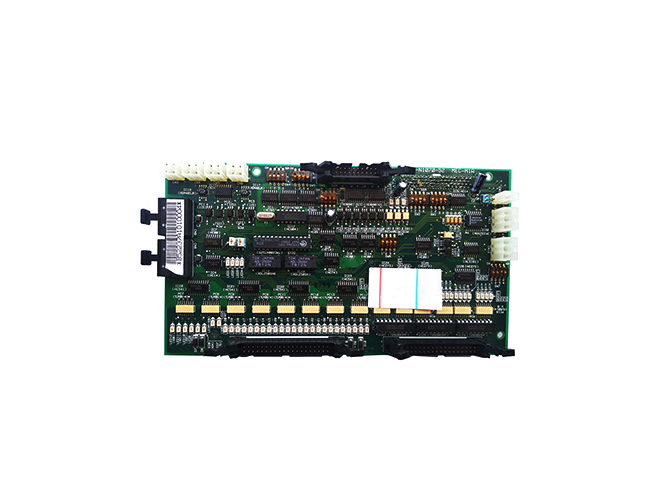-
CN
-
Service Hotline
+8618129931046 Mr. Liao


Time:2025-07-12 Views:1

Flexible printed circuit boards have become indispensable in industrial robotics, particularly in enabling flexible connections that accommodate the dynamic movements of robotic arms, joints, and end-effectors. Unlike rigid PCBs, FPCs offer exceptional mechanical flexibility, allowing them to bend, twist, and stretch while maintaining reliable electrical conductivity—critical for robots that perform complex, repetitive motions in manufacturing, assembly, and material handling.
In industrial robots, FPCs are widely used to connect moving components such as grippers, sensors, cameras, and actuators to the main control system. Their thin, lightweight design reduces inertia in moving parts, minimizing wear on motors and extending the robot’s operational lifespan. For example, in collaborative robots (cobots) that interact with human workers, FPCs enable seamless connectivity in joints that require 360-degree rotation, ensuring uninterrupted data transmission between force sensors and the robot’s brain.
These boards are engineered to withstand harsh industrial environments, with materials like polyimide substrates offering resistance to high temperatures, chemicals, and vibration. Reinforced with copper conductors and protective overlays, FPCs maintain signal integrity even during continuous flexing—some models enduring over 100,000 bending cycles without performance degradation. Additionally, their compact form factor allows routing through tight spaces in robotic limbs, eliminating bulky wiring harnesses that could impede movement or trap debris.
Modern FPCs for robotics often integrate shielding layers to prevent electromagnetic interference (EMI) from nearby motors or machinery, ensuring accurate sensor data and precise control signals. They also support high-speed data transmission, making them suitable for robots equipped with vision systems or AI-driven decision-making capabilities. As industrial robots evolve toward greater agility and miniaturization, FPCs continue to play a pivotal role in balancing mechanical flexibility with electrical reliability.